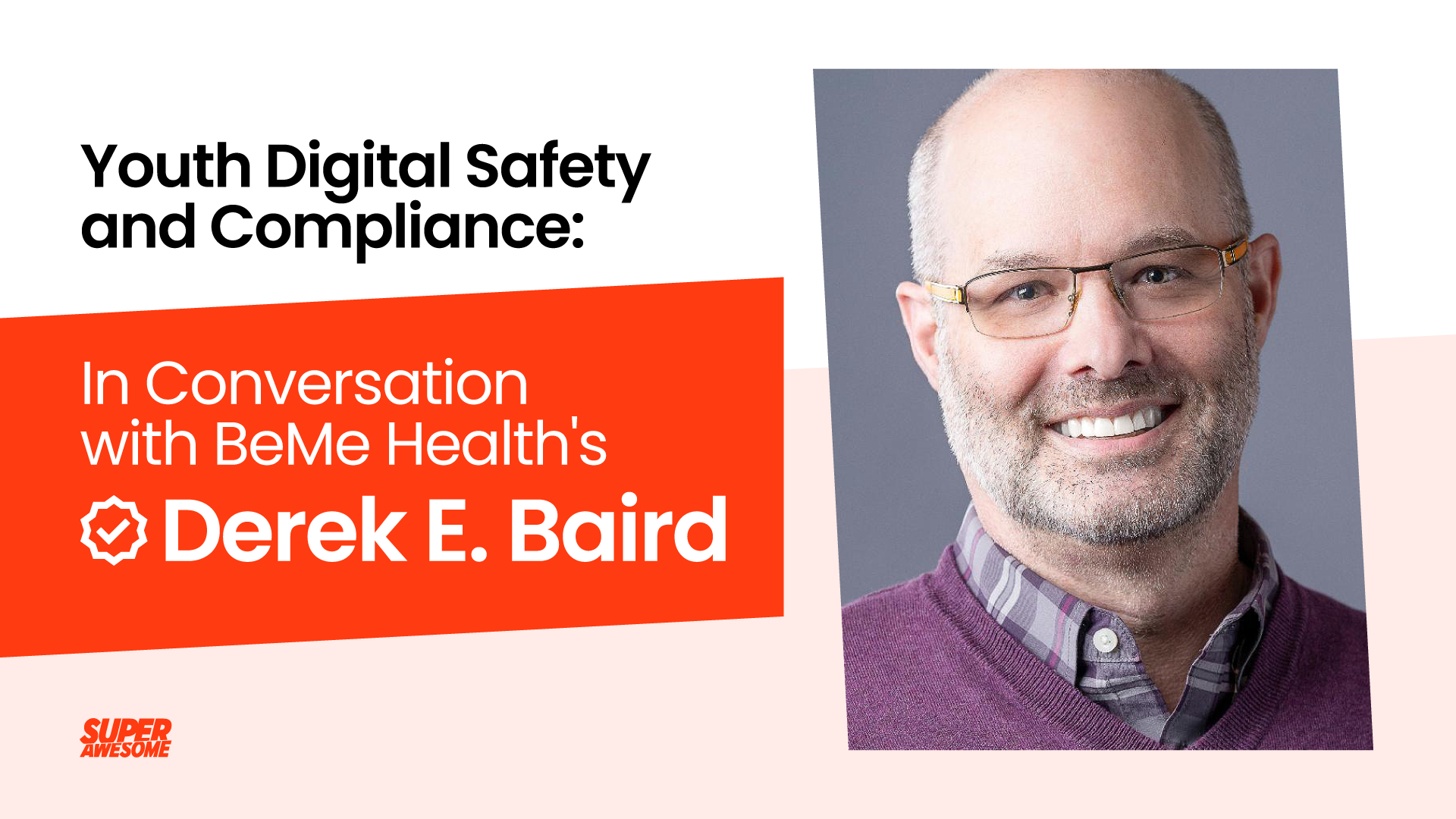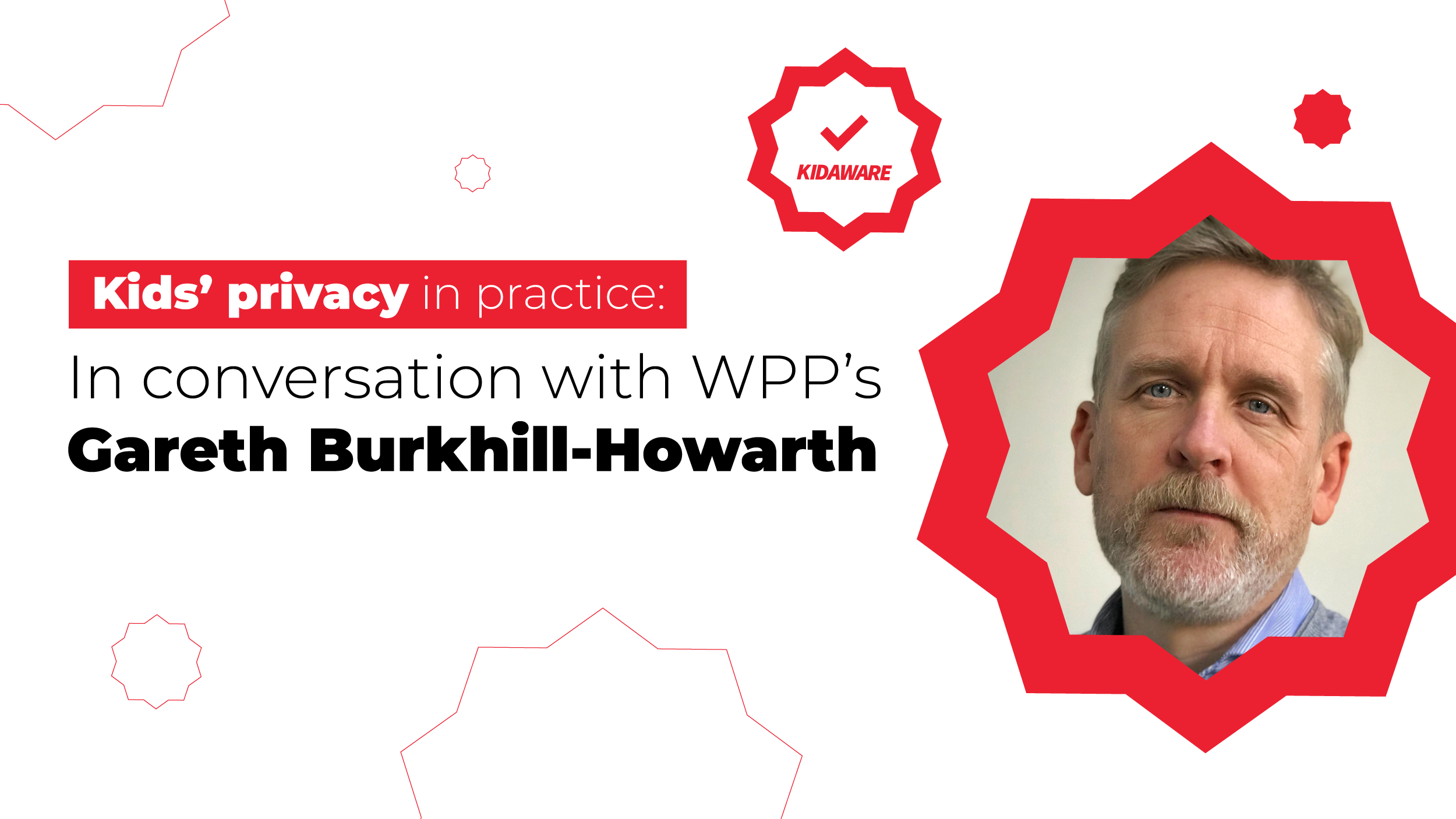The kids data privacy legislative landscape is ever-changing, and it can be hard for brands to keep up with best practices. Below is a synopsis of the most salient updates, provided by SuperAwesome’s specialist policy team. If you’d like to chat with our team about how these changes could impact the way you engage with your under-18 audience, get in touch.

CARU AI Warning for advertisers
CARU released an Artificial Intelligence (AI) Compliance Warning cautioning that its Guidelines extend to AI-generated content. That means that any advertising created using AI will be subject to the same CARU scrutiny. CARU specifically calls out that advertisers using AI must be careful not to mislead kids about product characteristics or unattainable performance expectations. CARU also explicitly states that if AI is used, advertisers must ensure it does not promote stereotypes, prejudice or discrimination. Finally, CARU notes that its privacy guidelines apply as well and that operators must use transparent data collection practices and obtain VPC if collecting personally identifiable information from kids.
Takeaways for brands: Now’s the time to form internal policies around how you’re using AI tools in content generation. Human purview will be necessary in order to ensure you’re not inadvertently misleading children or collecting their information in such a way that could violate children’s privacy law.
Maryland passes its own Age Appropriate Design Code
The US state of Maryland passed its own Age Appropriate Design Code (AADC). MD is the second state to pass its own version of an age appropriate design code. It adopts many of the protections that exist in the California AADC while attempting to avoid the pitfalls that resulted in its preliminary injunction (it’s stuck in litigation over a constitutional challenge).
Companies in the US that weren’t abiding by the UK’s AADC must now pay attention because the MD AADC is more likely to withstand legal scrutiny because of changes they’ve made.
One of the most significant changes to the MD AADC is that there is no express obligation for businesses to determine the age of individuals using a service. Under CA’s AADC, businesses would have had to estimate the age of young users with “a reasonable level of certainty appropriate to the risks” arising from data management practices or, alternatively, provide strict privacy protections by default to all individuals regardless of age. → This generally necessitates the collection of more PII. CA courts were really troubled by this and believed that it was “likely to exacerbate” problems rather than help.
After the CA AADC passed, we thought there would be a flurry of copycat laws. But most seemed deterred by the ongoing legal questions. Now that MD pioneered AADC 2.0 other states will likely use a similar approach.
Takeaways for brands: The UK’s AADC extends regulators’ reach beyond the basic protection of kids’ personal data into how kids’ digital experiences are designed (more info here). As its principles make their way into US law, businesses will need to ensure their services (accessible to all kids under 18) take children’s best interests into account like by ensuring their practices meet the high standards of privacy-by-design.
Regulators are monitoring influencer content closely
CARU recently released its first case in a while, and while the issue itself isn’t groundbreaking, it highlights CARU’s close monitoring of the influencer space. The case emphasized the importance of clear audio and video disclosures, using language that children can understand (rejecting sponsored and paid promotion), and repeating these disclosures at the beginning, middle, and end of long posts. CARU really dug in on the repetition, recommending that the disclosures be repeated throughout and after each ad break. One novel point made by CARU is that if an influencer is promoting their own products, it must be made clear that they are profiting from these sales.
CARU’s sister organization that oversees advertising to 13+ also has its eyes on the space. The National Advertising Division (NAD) reminded us that they are still paying close attention to disclosures and that even for adults, the platform disclosure tools still don’t meet the FTC requirements for being ‘clear and conspicuous’. The post included #ad and #sponsored in the description but NAD stressed the importance of superimposing text over the video itself.
Takeaways for brands: Both of these updates are a good reminder of why it’s important to work with a specialist partner for kids (like SA Creators) that know how to ensure material information is being disclosed to them properly.






